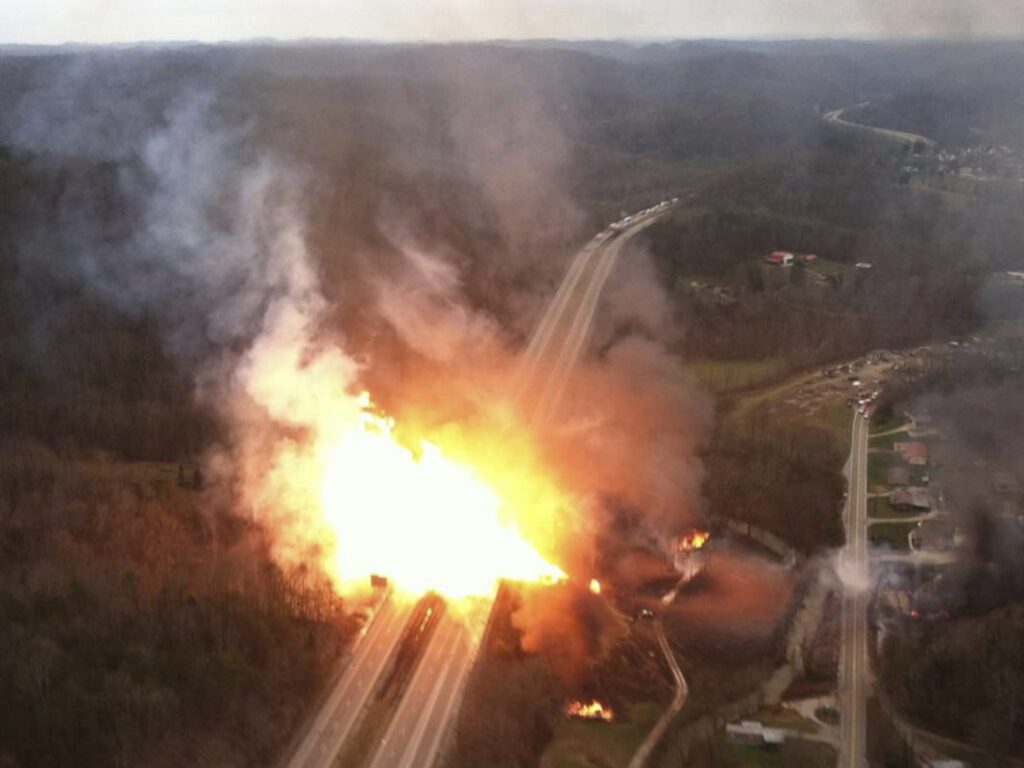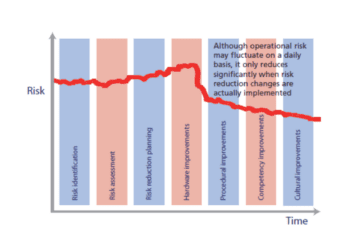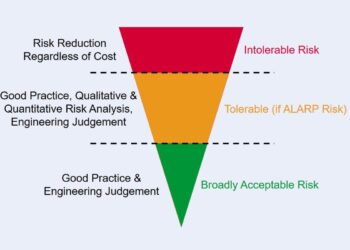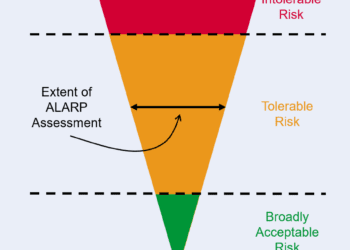An introduction to land use planning criteria for pipelines
In practice, the segregation of hazardous industries and populated areas is not always practicable. Urban expansion and industrial development can often lead to an increased pressure to site hazardous industries, such as refineries, chemical plants, pipeline networks, etc., adjacent to vulnerable populations like residential areas, schools, hospitals and shops.
The risk to offsite populations from major accidents arising from the release of hazardous substances can be managed through the application of criteria for Land Use Planning (LUP), which are designed to aid planning decisions.

In 2012, a fireball from a gas pipeline explosion erupted across Interstate 77, Sissonville, West Virginia
Pipelines transporting hazardous products present unique challenges to LUP criteria compared to fixed facilities. For example, without a site security fence, they can be accidentally or deliberately damaged; it may not be immediately apparent to the operator that a release from the pipeline has occurred; and emergency response may not be available along the length of pipeline, which in extreme cases can cross international borders.
INTERNATIONAL APPROACHES
LUP restrictions in proximity to transmission pipelines are regulated in one of three ways, depending on the jurisdiction:
- Deterministic, e.g. USA and Canada.
- Risk-based, e.g. Australia
- Combined deterministic and risk-based, e.g. UK, Singapore and Netherlands.
As an example, a deterministic criterion could be a development exclusion zone of 30m either side of the pipeline, or a requirement for public consultation within a distance of 200m.
An example of a risk criterion could be restrictions on certain types of development, e.g. schools, in a zone on both sides of the pipeline where the individual risk of fatality is greater than 1×10-6 per year.
The advantages and disadvantages of the deterministic and risk-based approaches are summarised in the table below.
The deterministic approach, whilst simple and relatively easy to implement, may be overly pessimistic in nature and result in the unnecessary restriction of developments. That said, in specific circumstances the deterministic approach may be less conservative than a risk-based approach – for example, in toxic releases, where toxic clouds may extend to significant distances before they are diluted to safe exposure limits.
Rapid population growth and urbanisation may prompt the consideration of a risk-based approach since this potentially facilitates a more efficient use of land in proximity to pipelines. However, the success of risk-based approaches depends crucially on the use of appropriate data, assumptions and methods and the uncertainty inherent within key variables.
A combined deterministic and risk-based approach would appear to offer the best of both worlds: risk-based criteria tend to ensure that the solution is not overly conservative, while fixed distance exclusion zones tend to ensure a precautionary approach is taken where risk results may be uncertain.

CONCLUSION
Many developed countries around the world use LUP criteria to manage the location of new industrial developments and the encroachment of urban development near to existing hazardous facilities. Pipelines pose some unique challenges, not least when they bridge entire countries.
Some criteria are deterministic only, whilst others are solely risk-based. The most robust criteria tend to combine both deterministic and risk-based elements, enabling a balanced approach to safety.
This article first appeared in RISKworld issue 29








